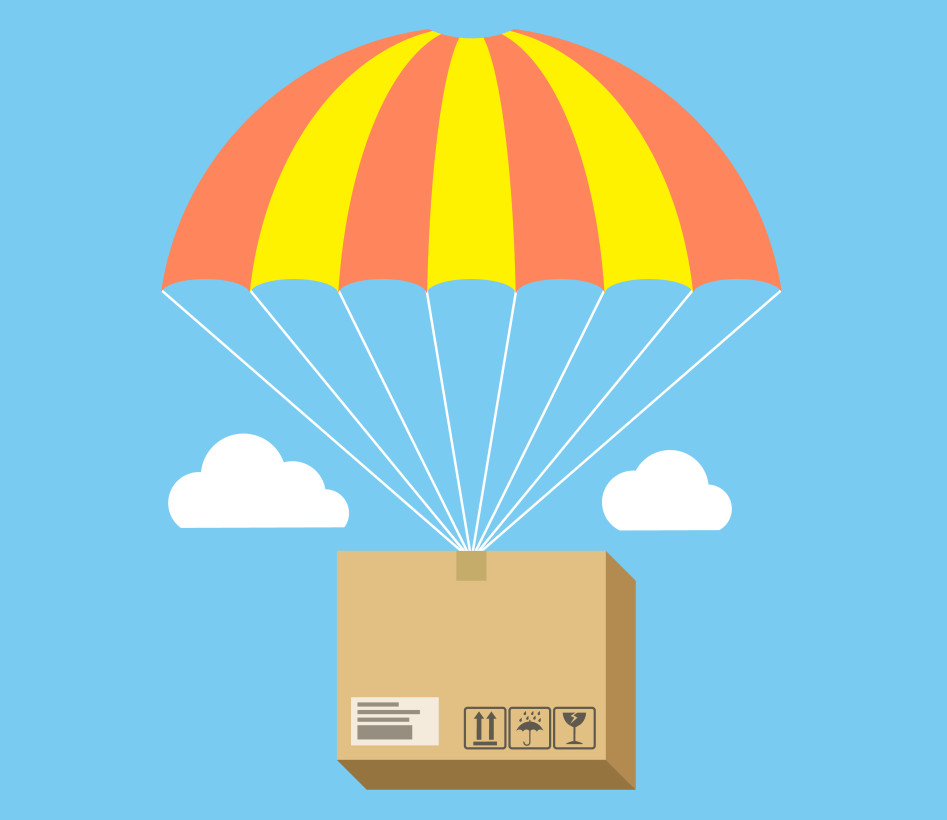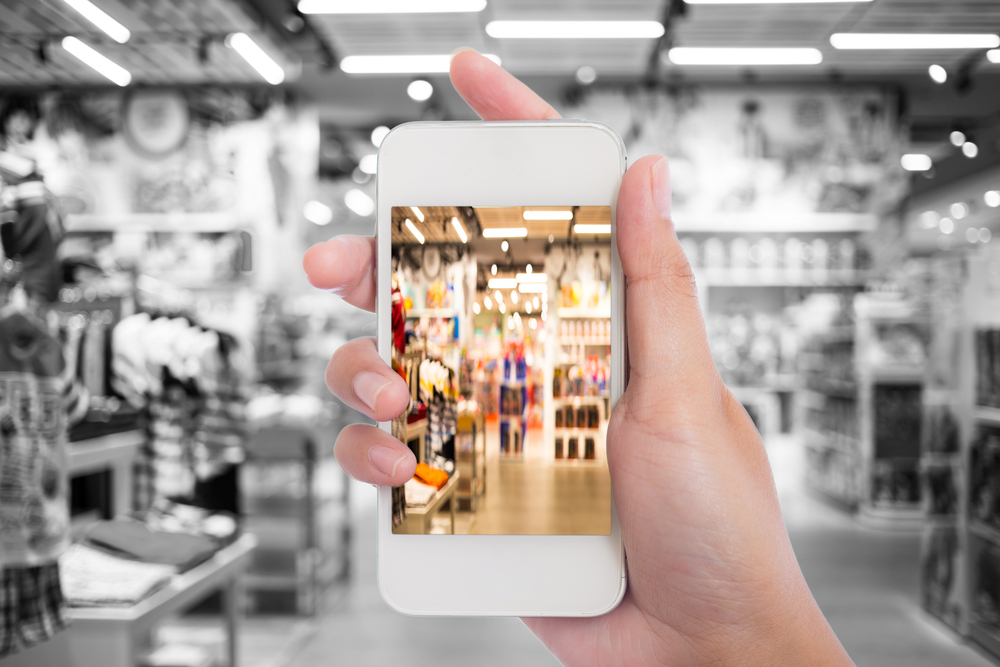
Shopify Plus set out to bring a dose of simplicity to the way enterprise businesses operate.
High growth and high volume e-commerce does not have to come with high levels of frustration, and Shopify Plus aims to be the disruption that changes those expectations.
Shopify Plus prioritizes scalability and reliability.
As such, Shopify Plus blog Editor-in-Chief Tommy Walker has unique insights into how the emergence of consumer software and social media in the workplace is changing the way people work and the way people shop.
In this interview we discussed how to run a more efficient e-commerce business, the future of e-commerce and the online shopping experience, and the major differences between SaaS and enterprise software companies.
How to run a more efficient e-commerce business
What do you think e-commerce store owners today expect from their professional software?
Plain and simple, they want it to work.
They don’t want to be penalized by having their site crashed because they had a successful marketing campaign for their last sale.
They don’t want to be penalized because it’s Black Friday and it’s going to be the highest influx that they’ve seen.

Imagine the level of frustration that comes with that especially if you’re one of the people who architected this excellent campaign and then it’s all for nothing because IT couldn’t properly anticipate just how successful the campaign would be.
How does that impact the way businesses are run?
It makes the business faster and more efficient in every way.
For example, let’s say a business wanted to experiment with a t-shirt design. Five years ago they would have to say, “Okay, we design the t-shirt and we order hundreds of them, and then hopefully sell off the stock that we just bought.”
Now, because we have drop shipping as a model, the merchant can work with a vendor like Printful that’ll print this design on a t-shirt on demand.

The merchant has minimal overhead, and isn’t stuck with massive amounts of overstock.
To validate a concept all the merchant needs to do is post it to Instagram or anywhere they have an active following.
If there’s enough positive feedback they can make it available for sale online.
How does this affect the way people shop?
The major shifts in shopping behavior, historically, aren’t driven by the technology vendors or even the merchants.
The big shifts in how people shop primarily come from the way we consume content as a whole.
Our job is to adapt as quickly and efficiently as possible.
The future of e-commerce and the online shopping experience
How is mobile affecting e-commerce as an industry?
A perfect example of this is with mobile shopping behavior.
In 2013, only 23 percent of orders through our platform were placed through mobile, but that number jumped to 46 percent in 2015.
On a macro level, this was fueled by smartphone adoption rates in the U.S. growing from 47.5 percent to 59.3 percent.

Because of this, sites such as Facebook, Pinterest and BuzzFeed make their mobile experiences enjoyable, therefore raising consumer expectations of an acceptable basic experience on mobile.
We therefore made all Shopify themes responsive out of the box, and we rolled out integrations with Apple Pay, Android Pay, Google Wallet, and others to make mobile buying a lot simpler for the end consumer.
What voids do you think still need to be filled in the e-commerce space?
We’ve been shopping online for 25 years now and I think we haven’t really thought beyond this 2D experience.
Shopping online is flat and shopping online is isolated.
It used to be that shopping was usually a group event. I remember being in high school, before I used the internet every hour of every day, and calling my friends to hang out at the mall.

I go to the mall now and I don’t see as many groups of teenagers floating around, and I don’t see people shopping in groups. Shopping is not as much of an experience anymore.
That can happen more with mobile if augmented reality technology starts to become a bigger thing. It can be done through social commerce, and I think that it can be done through some delivery services, too, because you don’t have to wait as long for your stuff to get to you.
How does user-generated content impact the shopping experience?
A company I really like that does that very well is Free People.
I love how they get people into their different social channels. They give you a reason to follow them on Instagram that is very different than the reason they give you to follow them on YouTube, for example. Their media strategy, the way that they get you to consume those different types of media and their distribution is very layered.
I like that because they slowly put themselves into your peripheral vision and you want to become more involved the more you get involved.
How can e-commerce stores build a relationship with their customers and fans through the barrier of the digital screen?
There’s a couple of different ways.
Usually, there is a big void in communication. It takes five to seven days and then nobody really fills that very well.
Communicating during that gap gives people time to get excited about what they’re receiving. Build up that momentum of excitement from shipping confirmation to product arriving at your doorstep.

Something that we’re seeing more in the enterprise space is that e-commerce companies are starting to do pop-up shops in their highest selling markets.
The people who are associated with the brand behind the scenes and create those experiences are really unique and fun. It’s not even about selling products as much as it is about showcasing that personality in a three dimensional space.
SaaS versus enterprise software
The Shopify Plus blog has used the movie The Matrix to broach the subject of enterprise software versus consumer software. Can you elaborate on that?
Enterprise software has been around for a very, very long time. And it’s really trying to maintain this false reality that the legacy platforms are the only way to go if you want to get something done.
But on the e-commerce side, all you’re really doing is paying more for unnecessary and redundant work.
Now, SaaS e-commerce companies are fighting back.
As they get bigger and gain a little bit more prevalence, people start to recognize them a little bit more.

A lot of the change is coming from the people who are using the software every single day, it doesn’t come from the top down anymore.
This threatens to disrupt this entire ecosystem that has been built around enterprise software and change people’s way of thinking about it altogether.
Do you think that will render some of the original enterprise software companies obsolete?
The parallel I like to draw here is with Kodak and the film processing industry.
For about one hundred years an entire industry and ecosystem was built around developing photos. At it’s absolute best, you only needed to wait an hour.
Then suddenly, thanks to mobile and social networks, it was possible to share high quality photos with everyone in an instant and with infinitely less overhead. The entire film processing ecosystem collapsed.
While the photo labs were thinking about shaving off marginal amounts of time, they forgot that all the consumer really wanted was share memories with their friends.
I believe we’re in a very similar place with e-commerce and I am thrilled to be a part of that.
Get the TNW newsletter
Get the most important tech news in your inbox each week.




